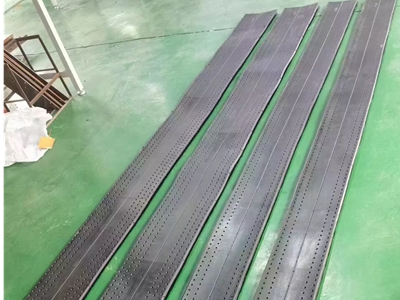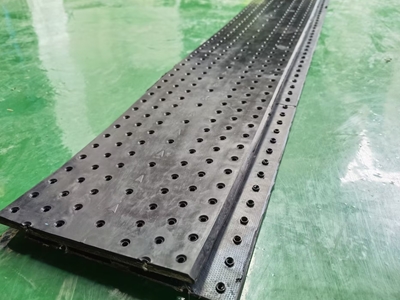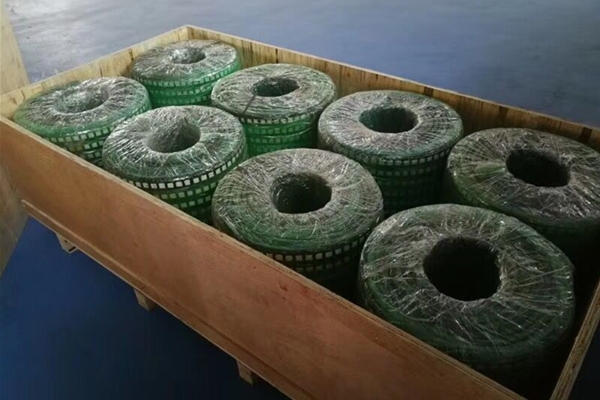Cold Vulcanizing Adhesive is a dual-component, high-performance industrial adhesive, derived from chlorinated chloroprene rubber dissolved in organic solvents. It exceeds the industrial standard for bonding performance and is on par with the strength of hot vulcanization. It is suitable for bonding rubber to rubber, metal to rubber, rubber to fabric, and fabric to fabric. It serves as an ideal adhesive for applications in conveyor belt cold splicing, repair, drum lagging, and various rubber lining materials.
Working Principle:
Different from traditional hot vulcanization processes, cold vulcanization bonding is more convenient and faster. Cold vulcanization bonding uses the sulfur chloride vulcanization method to complete the vulcanization reaction, during which sulfur cross-linking occurs, forming a bridging structure by attaching one or more sulfur atoms to the polymer chain.
Product Features:
- Suitable for working temperatures up to 80°C, flame-retardant, ideal for both surface and underground use.
- Shelf life is four years, significantly longer than similar products.
- Simple tools for application, no need for large vulcanization equipment or other additives.
- Quick repair in emergencies, minimizing downtime losses.
Characteristics:
- It is flame-retardant and a dual-component adhesive suitable for use in underground coal mines for fire and explosion-proof particular environments.
- It exhibits fast room temperature curing, high strength, corrosion resistance, aging resistance, and good flexibility, and is difficult to ignite when exposed to fire.
- It is based on CR (chloroprene rubber), with tetrachloroethylene being its primary component. Tetrachloroethylene is a safer organic compound for humans, stable, and non-flammable.
- It can be utilized in mining or underground environments.
Usage:
- Surface Preparation: Ensure the bonding surface is dry, clean, and free from chemical substances, grease, and other impurities. For metal surfaces, remove rust and make it rough through sandblasting or grinding. For rubber surfaces, grind thoroughly if needed and clean with a dry brush to remove dust and stains.
- Mixing: Thoroughly mix the cold vulcanizing adhesive and hardener in a 100:4 ratio and ensure complete homogeneity.
- Application: Apply the adhesive evenly on both bonding surfaces. For rubber surfaces with a semi-cured layer or repair strips, surface grinding is not required. For rubber surfaces without a semi-cured layer, ensure thorough grinding (avoiding smooth areas) and clean with a dry brush and a cleaner.
- Drying: Allow the first coat of adhesive to dry completely (at least 30 minutes for rubber surfaces, and at least 1 hour for metal surfaces). Then, apply a second coat and let it dry until it feels slightly sticky to the touch.
- Bonding: Align the bonding areas accurately and firmly press them together. Use a solid roller to remove air bubbles by pressing from the center to the edges.
- Curing: The repaired surface will integrate and cure within approximately 20 minutes.
Usage Precautions:
- Work in an environment where the temperature is above 10°C.
- Store unmixed adhesive and hardener in a cool and dry place. Once mixed, use the adhesive within two hours.
- Avoid skin contact with the adhesive before curing, and in case of accidental contact, wash with water and soap promptly.
- The cold vulcanizing adhesive contains dichloromethane and may produce heat vapor pressure. Avoid storing in hot conditions and open containers carefully when the adhesive is hot.



